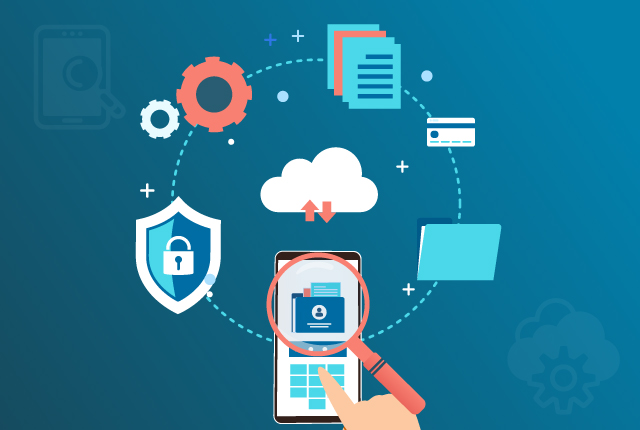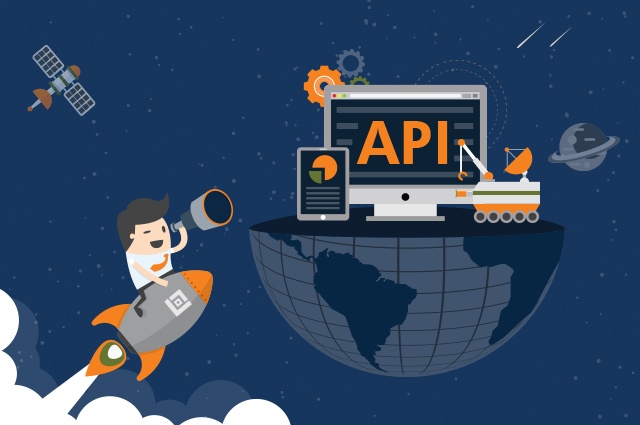Unsurprisingly, more companies are choosing to invest in their mobile applications. After all, a customer’s experience is the key to increasing revenue, reputation, and consumer loyalty. That’s because more and more users - over 50%, to be exact - choose their mobile devices for web browsing, online shopping, and application interaction.
QASource Blog
In our blog, we take a deep dive into the latest QA strategies, methodologies, and industry best practices driving the world of quality assurance. Follow our blog to get new ideas as to how to effectively deliver high-quality, bug-free software products, websites, and applications, while keeping costs low.

XaaS takes into consideration the number of products, tools, and technologies that vendors deliver to users as a service over the network. In this Technocast, check out how QASource can help you with XaaS testing.
Edge is a distributed system that puts forward data processing and data storage closer to the point of action or occurrence of an event. It aids in distributing data without latency and storage requirements on the network.
Before the remote working era, QA members used to either share devices for manual testing or run the automation suite on multiple devices using a hub. Check how QASource uses cloud infrastructures for automation testing.
Collaboration is all about connectivity. Your users want to connect instantly with peers, ideas and data so that business processes stay on track and the creative development of business strategy is seamless. That’s why collaboration software products are a must-have for every company across all industries. And this instant connectivity wouldn’t be possible without the successful integration of APIs.
Imagine using shared resources that are allocated dynamically, create flexible testing environments, and that simulate user scenarios and real-world traffic - that’s just some of the benefits of cloud testing.
Companies are completing their testing solutions and facilitating load testing in cloud-based applications. You need to set up a comprehensive testing infrastructure to run the tests under different load levels.
Ideally, your collaboration product delivers efficiency, productivity, and flexibility to its users. Applying a relevant third-party app integration - single sign-on capability, social media sharing features, customer relationship management, document editors - adds considerable value to your product and greatly improves the product’s user experience. And thorough 3rd party QA services ensure that each 3rd party integration works as expected and does not affect the existing functionalities of your collaboration product.
The COVID-19 incident has provided much learning to the industry which will help organizations prepare for any future emergencies. Most of IT companies have either moved or are planning to move their infrastructure to the cloud.
Written by QA Experts
QASource Blog, for executives and engineers, shares QA strategies, methodologies, and new ideas to inform and help effectively deliver quality products, websites and applications.
Categories
Authors
Our bloggers are the test management experts at QASource. They are executives, QA managers, team leads, and testing practitioners. Their combined experience exceeds 100 years and they know how to optimize QA efforts in a variety of industries, domains, tools, and technologies.







